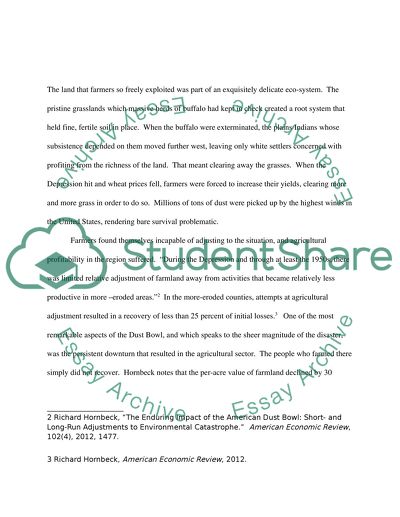Cite this document
(“The Dust Bowl Research Paper Example | Topics and Well Written Essays - 2500 words”, n.d.)
Retrieved de https://studentshare.org/miscellaneous/1608816-the-dust-bowl
Retrieved de https://studentshare.org/miscellaneous/1608816-the-dust-bowl
(The Dust Bowl Research Paper Example | Topics and Well Written Essays - 2500 Words)
https://studentshare.org/miscellaneous/1608816-the-dust-bowl.
https://studentshare.org/miscellaneous/1608816-the-dust-bowl.
“The Dust Bowl Research Paper Example | Topics and Well Written Essays - 2500 Words”, n.d. https://studentshare.org/miscellaneous/1608816-the-dust-bowl.


